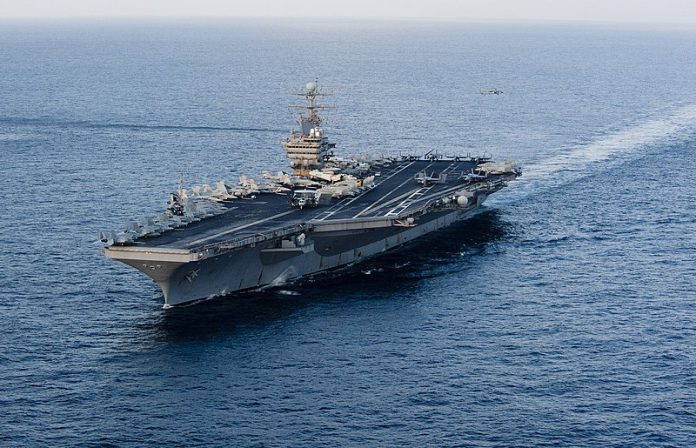
The enduring role of the United States’ Nimitz-class aircraft carriers in global power projection has taken on new significance amid emerging challenges and delayed transitions to next-generation naval capabilities.

As the Pentagon grapples with the complexities of modernizing its fleet amidst rising tensions and fiscal constraints, the Nimitz-class carriers, despite their age, continue to serve as the backbone of U.S. naval force projection around the world.
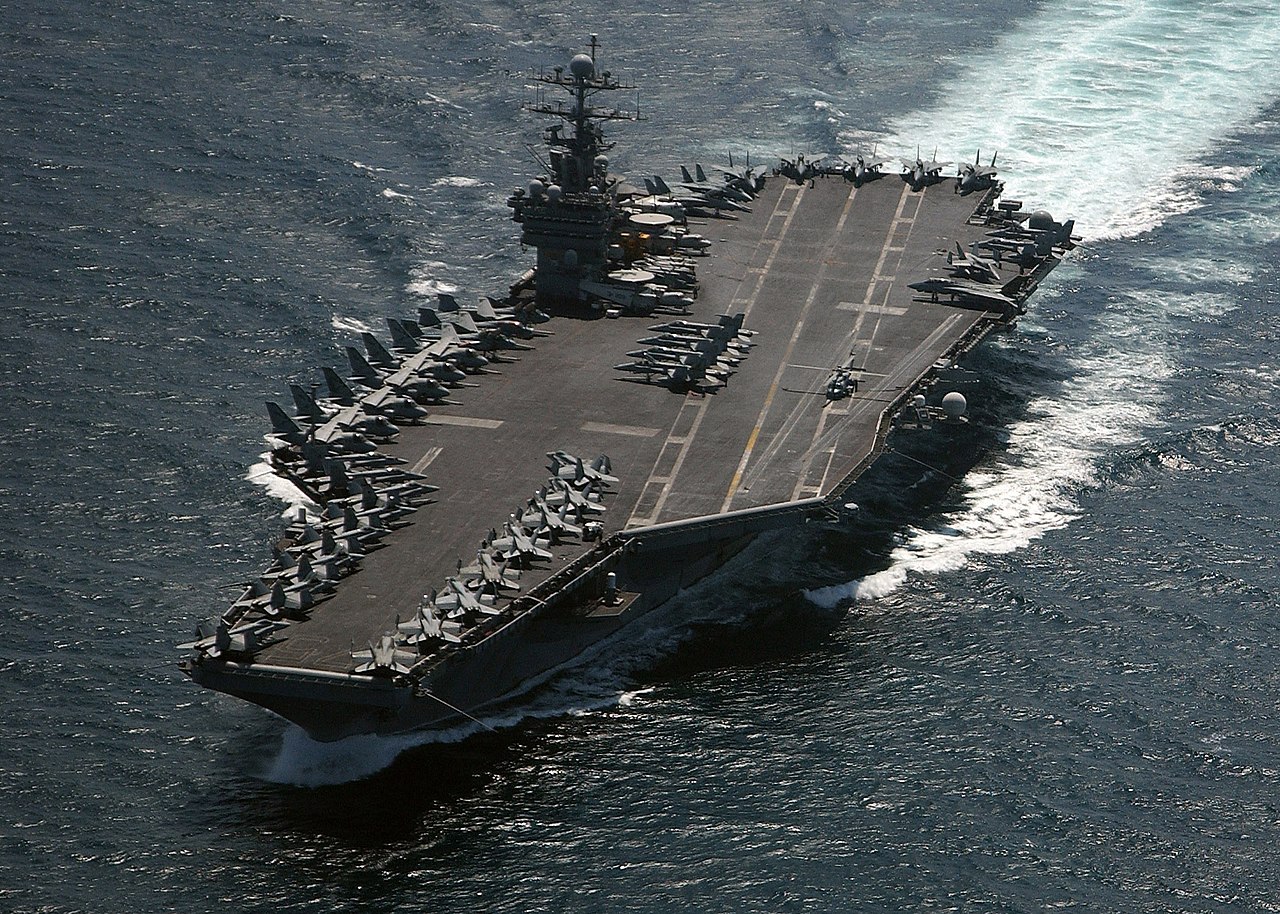
The Nimitz-class, named in honor of World War II Pacific Fleet commander Admiral Chester W. Nimitz, has been the centerpiece of U.S. carrier capabilities since the mid-1970s.

They are the largest warships ever built until the introduction of the USS Gerald R. Ford, and their longevity is a testament to their advanced design and robust nuclear power systems.
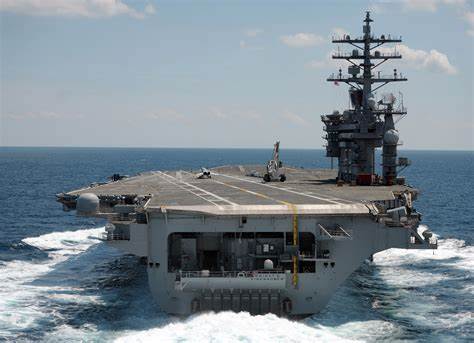
At present, the U.S. Navy’s fleet consists of ten operational Nimitz-class carriers, each equipped with a formidable array of armaments and capable of hosting advanced aircraft like the F/A-18E/F Super Hornet, the EA-18G Growler electronic warfare aircraft, and the cutting-edge F-35C Lightning fighters. These carriers have proven their mettle in various conflicts, from the Gulf War to ongoing operations in the Middle East.

Barry Posen, a proponent of a more restrained U.S. foreign policy, acknowledges the necessity of a robust carrier force. In his book “Restraint: A New Foundation for U.S. Grand Strategy,” Posen advocated for a smaller yet capable fleet, suggesting “a force of seven to nine carriers seems reasonable.” This view is grounded in the recognition that, although the number of carriers could be reduced, their diplomatic and military significance cannot be overstated.
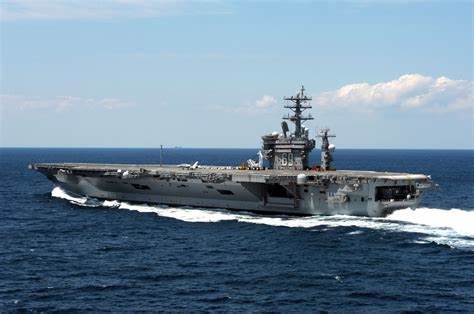
Carriers have long been a visible symbol of U.S. military presence, acting as sovereign U.S. territories at sea that can navigate international waters without the need for overflight rights or foreign basing permissions.

This autonomy provides the U.S. with unmatched flexibility to respond to crises rapidly, as demonstrated in the immediate aftermath of disasters like the 2004 Southeast Asia tsunami and the 2011 Japan earthquake.

However, the ambitious timeline for the introduction of the technologically superior Gerald R. Ford-class carriers has encountered delays, prompting the extension of the Nimitz-class’s service life.
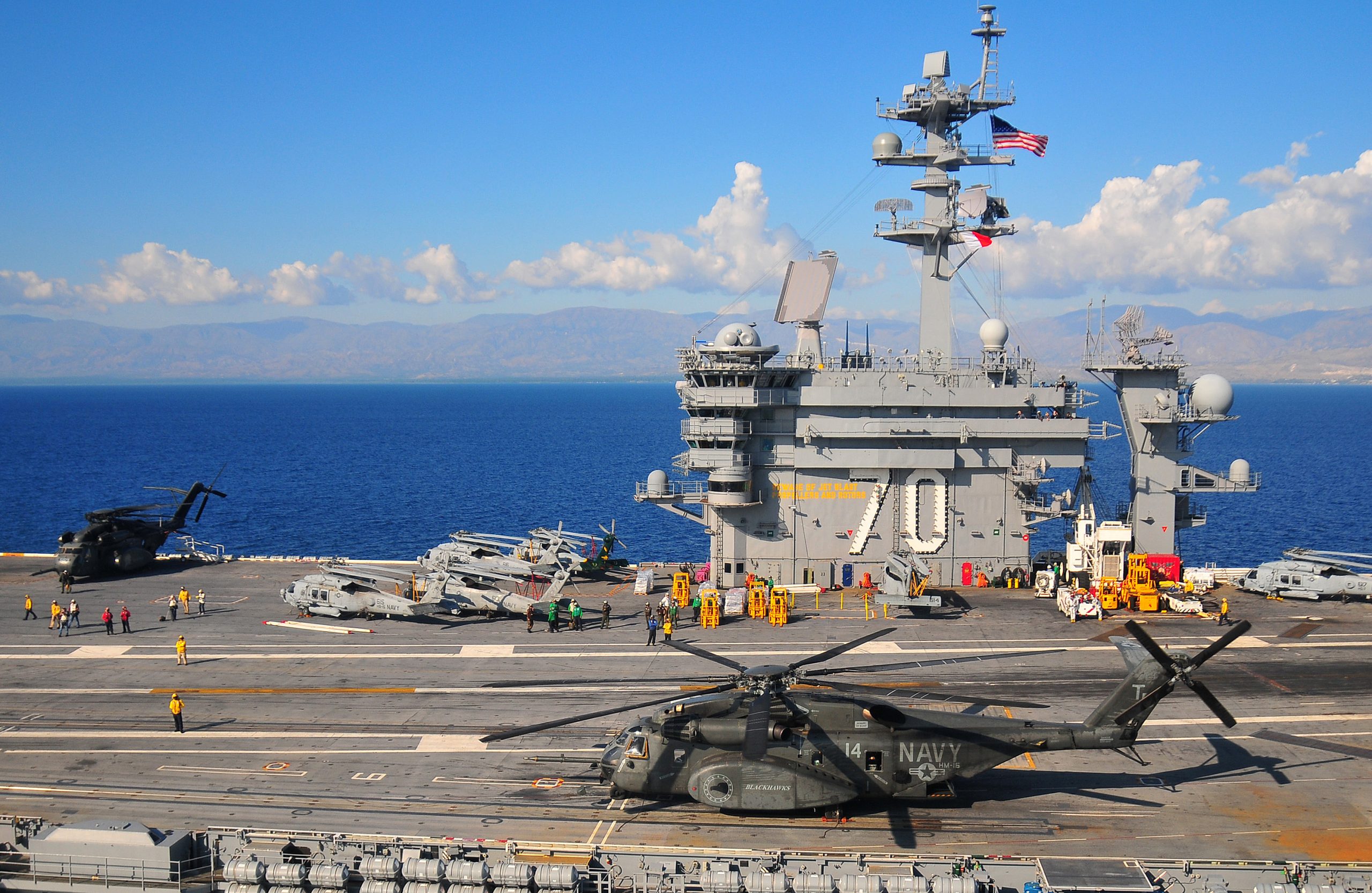
With a Navy report to Congress noting $200 million earmarked for the Nimitz-class maintenance, it is evident that these vessels will continue to play a critical role in ensuring U.S. maritime dominance.

Director of Air Warfare Division N98 Rear Adm. Michael Donnelly emphasized the centrality of carriers, stating, “Carriers are the linchpin of everything we do in naval aviation… Our ability to conduct the mission.” With geopolitical tensions simmering in places like the Red Sea, Persian Gulf, and South China Sea, the deployment of these carriers remains more relevant than ever.

Despite the inevitable need for a transition to the more efficient and capable Ford-class carriers, the Nimitz-class remains an indispensable asset. The history of these carriers is rich with instances of decisive action, from the USS Enterprise’s immediate rerouting in response to the 9/11 terrorist attacks to the persistent air operations conducted over Afghanistan and Iraq.
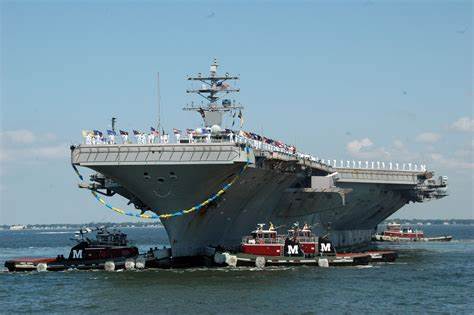
The extended service of the Nimitz-class carriers is not merely a stopgap measure but a reaffirmation of the U.S. Navy’s commitment to maintain a powerful and agile force.
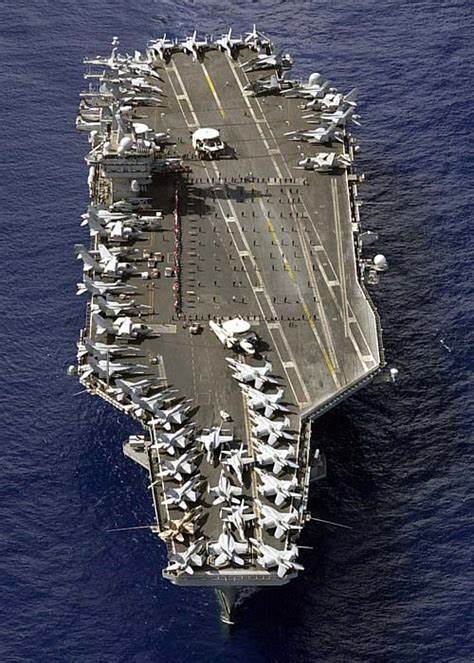
As the world navigates through a period marked by uncertainty and strategic shifts, the Nimitz-class carriers will continue to project American power and uphold the stability of international waters.

With their planned longevity extending potentially into the 2050s, these carriers will remain a symbol of U.S. strength and a deterrent against aggression, demonstrating America’s resolve to defend its interests and contribute to global security.
Relevant articles:
– Nimitz-Class: The U.S. Navy Aircraft Carrier That Can’t Be Retired?, The National Interest
– Important Links and Info, navy.mil
– Nimitz-Class: The U.S. Navy Aircraft Carriers That Can’t Be Retired, The National Interest
– Navy Plans to Retire 48 Ships During 2022, Seapower
